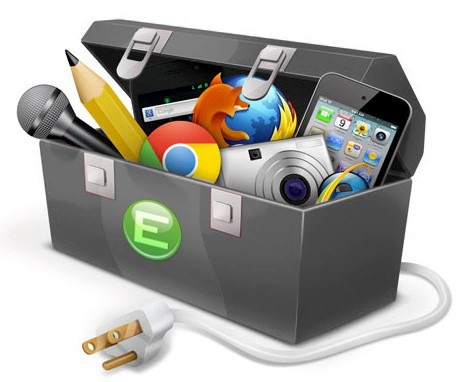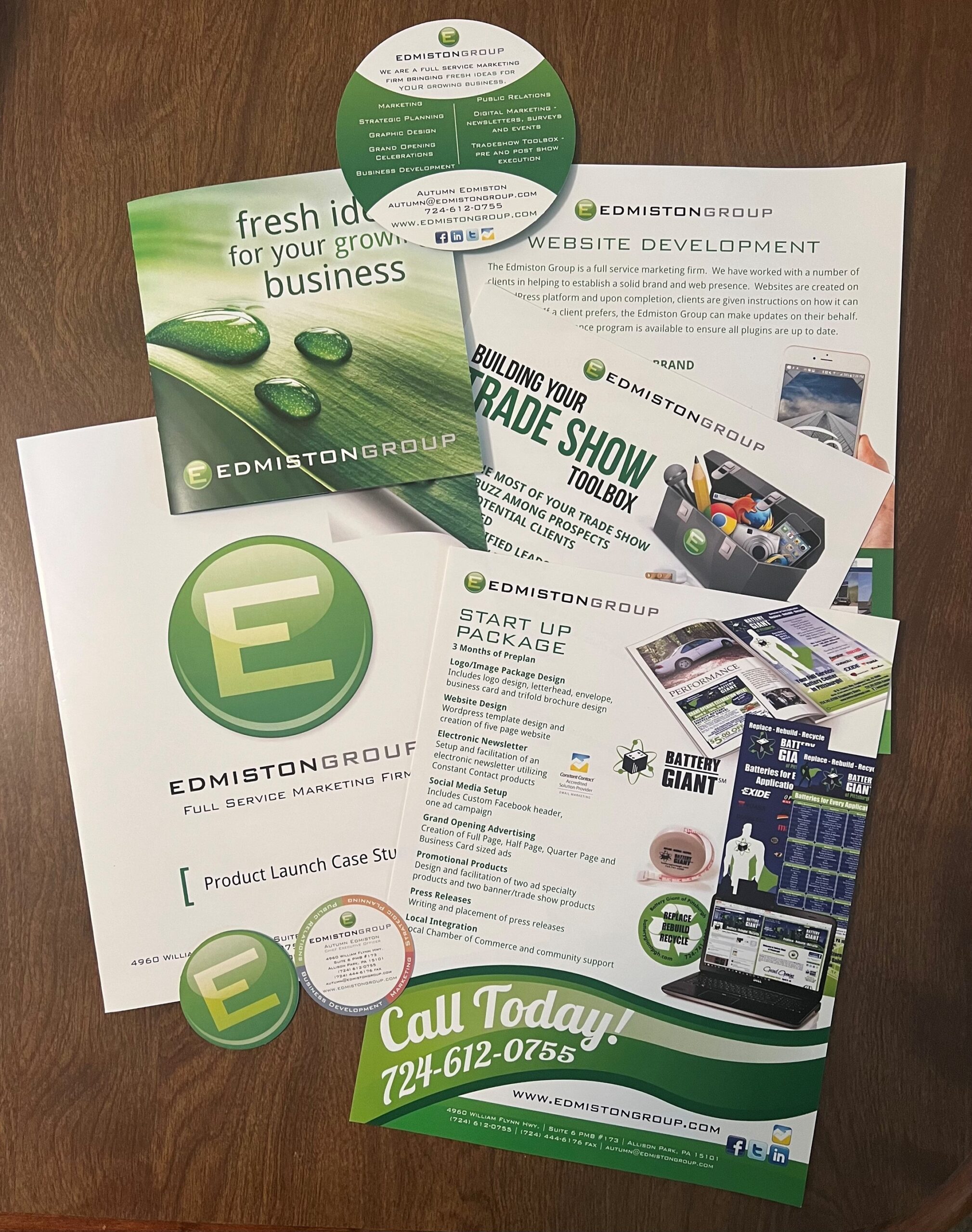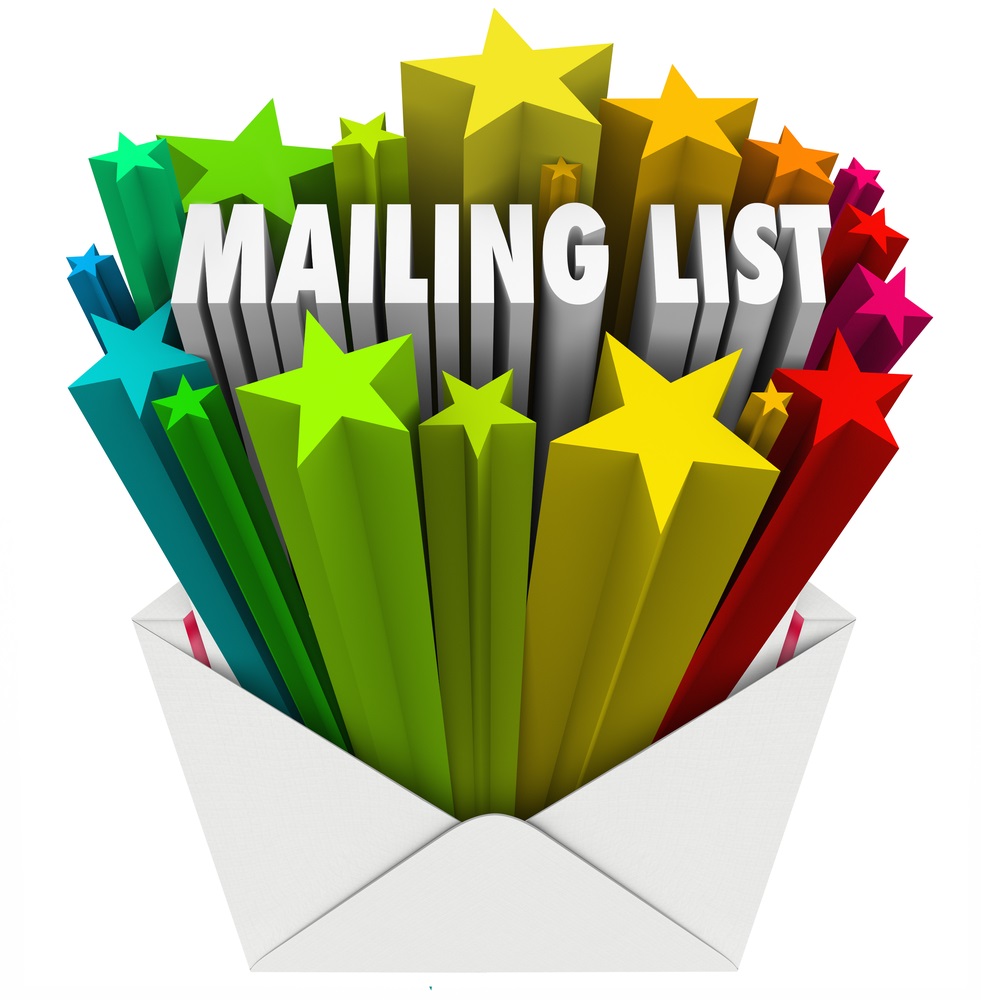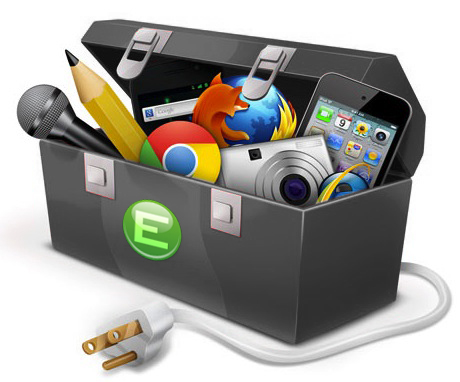It’s 2024 and an ‘old’ tool has made a BIG comeback and offers a solution to increase engagement with your audience! QR codes are an excellent and affordable way to build direct connections with your customers by inviting them to engage with different aspects of your business immediately, thus enhancing their engagement.
History of the comeback of the QR code
QR codes (Quick Response codes), whose origins date back to 1994 as a way to track automobile parts during assembly, have emerged as an indispensable marketing tool no matter your industry or the type of business you own. We can even track the inspiration for QR codes back to the early 1950s when a spinoff of the UPC code was first patented.
As technology developed, IBM restructured this original bullseye UPC barcode into what you recognize today. However, as the new millennium ushered in, shortcomings were revealed. UPC barcodes were limited in how much information they could hold and the price of scanning equipment was inconvenient. This paved the way for QR codes.
Over the years, QR codes continued to be developed but were not widely accepted. That began to change in 2002 when the development of the smartphone allowed for a QR Code reading feature. In 2012, the QR code began gaining momentum and marketers saw this as an opportunity to label all marketing materials to direct people to their website. However, it was a fad that fizzled out quickly.
Why are QR codes so popular now… and are they here to stay?
With the start of the 2020 COVID-19 pandemic, there was a desire and need for more contactless transactions. QR codes were the perfect solution. For example, buyers could scan a QR code with their phone, read a menu on their phone, and then pay without handling cash or using a card reader.
Beyond the pandemic, business owners have now realized the benefits. A menu, product page or website page — you name it — can be updated digitally without having the additional expense of printing new marketing or display materials.
Because of the changes in structures, culture, and personal preferences that occurred during this pivotal time in history, a large portion of the population became trained and eager to use QR codes. Research shared by Statistica estimates that the usage of mobile QR codes is projected to reach over 100 million users in the US by 2025. Based on a survey of US shoppers in 2021, 45% of respondents used QR codes within the past 3 months to access marketing or promotional offers.
Benefits of using QR codes on your marketing materials
Once you add the QR code or codes to your printed materials, you have the benefit of only updating the digital product. This gives business owners more flexibility, adaptability, and lower expenses.
Here are 3 additional benefits of using QR codes
- Drive engagement. When users scan the QR Code, they can be instantly transported to a social media page, an online shop, or a coupon link, allowing them to respond and interact in the moment!
- Support contact-free interaction, any time 24/7. Many individuals still prefer to limit contact and appreciate the ease of viewing menus, product information, and more right on their phones with the quick scan of a QR code.
- Offer an easy and cost-effective solution. QR codes are simple to generate and require minimal investment. Many online tools and mobile apps are available to create your unique QR codes. From here, you can incorporate them into your existing marketing materials, product packaging, and signage without exhausting your budget.
Ideas on where to use your next QR Code
Before creating QR codes for the sake of creating codes, consider your business strategy. Where will your prospects and buyers see your QR code and how will a QR code benefit your buyer and your business?
Printed materials: Download a menu, share a lead magnet, brochure, or product information. Or provide a link to set an appointment.
Business card: Choose an action that aligns with your goals! A link to your website, LinkedIn profile, or to your contact information.
Tradeshow Booth: Learn about your products or sign up for your newsletter.
Signs: View a restaurant menu, a list of services, detailed product information, or even an audio tour.
Events: View a registration page for easy registration, learn about an event, or stay up to date with the event agenda and guest speakers.
Make purchases: Quick links that take the individual directly to learn more or to purchase books, music, and products or services.
How to Use QR Codes
QR codes are versatile and their use is largely limited to your imagination. How will you use QR codes in your marketing strategy? To help you get started, here are 2 free QR code generators you can begin using today.
ForQRCode: Uses an easy four-step process for creating custom QR codes with logos that will never expire. It is one of the most popular free QR code generator tools available.
QRCodemonkey: Generates print-quality codes with high resolutions that will be fit for print purposes. It is great for running more than one marketing campaign at the same time as it offers bulk creation and campaign folder features as well as scan statistics.
Ready to get started?
QR codes can help you, as a business owner and marketer, drive brand awareness, increase engagement with your audience, and foster meaningful connections. As they also offer a versatile means to deliver information, market promotions. and provide a more immersive experience — right in the palm of your buyers’ hands — they also offer a way to support increased revenue and business growth.
If you want to incorporate QR codes into your 2024 Marketing Strategy, give me a call at (724)612-0755. Let’s take advantage of this trend while the fire is still hot.
About the author: Autumn Edmiston is the CEO and owner of the Edmiston Group. The Edmiston Group is a multifaceted Pittsburgh-based marketing consulting firm providing senior-level marketing management services to businesses and non-profit organizations on a short or long-term basis. Core areas of service are business development strategies, website creation and management, social media management, marketing, strategic planning, and public relations. The Edmiston Group has consistently delivered and implemented real-world, proven business marketing ideas and strategies for business.













